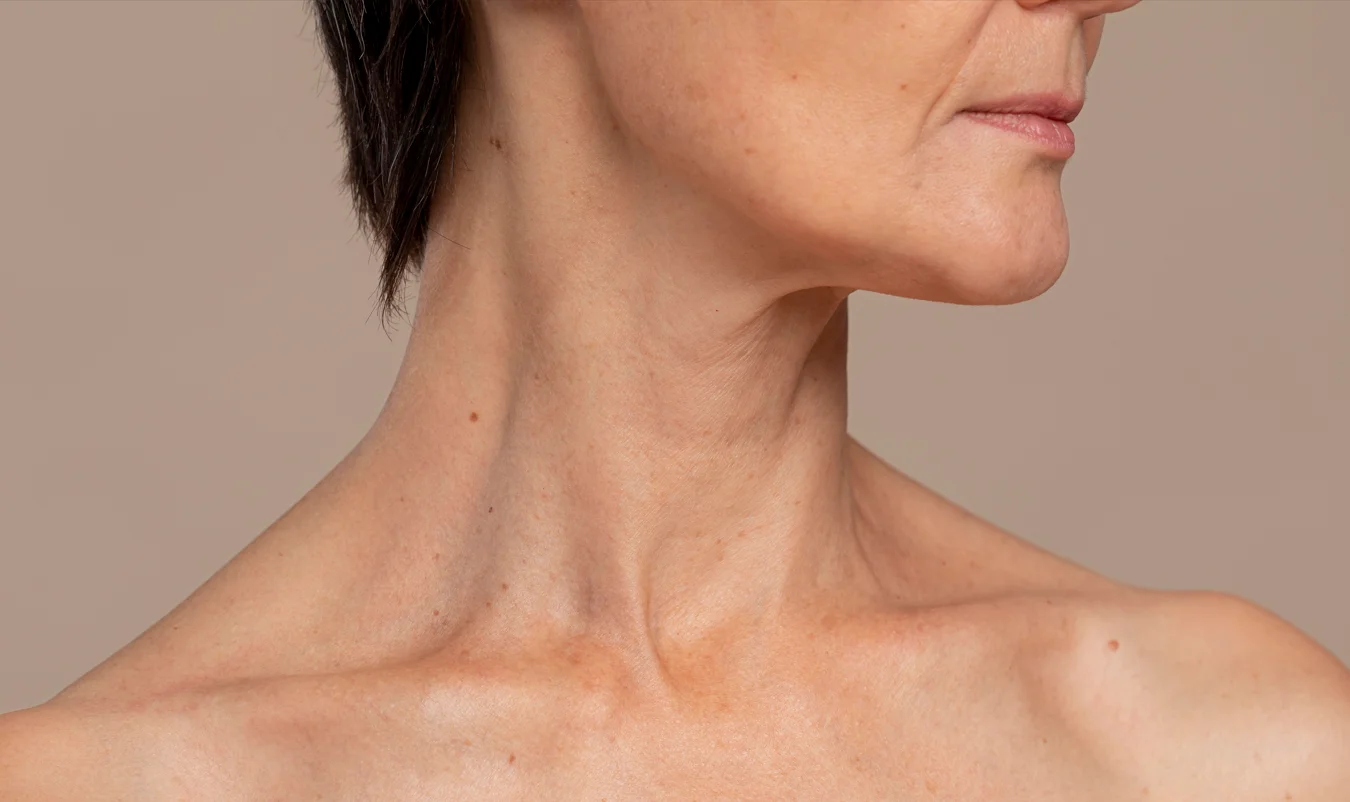
Although potatoes are a starchy vegetable, an individual with a polygenic disorder will still relish them as a part of a healthful diet. Folks with polygenic disorders have to be compelled to bear in mind their sugar intake at every meal but on the other end, they also learn how to cook baked potatoes.
When an individual eats one thing, their body converts the carbohydrates and sugars within the food into an easy sugar referred to as aldohexose.
Glucose enters the blood and will increase glucose levels. An individual World Health Organization that doesn’t have a polygenic disorder can manufacture and use internal secretion effectively. Internal secretion may be a secretion that permits the aldohexose to enter the cells to use for energy. This suggests that aldohexose leaves the blood.
However, folks with polygenic disorder are unable to provide or use internal secretion effectively. This suggests that aldohexose cannot enter the cells and remains within the blood, which will increase glucose levels. For this reason, folks with polygenic disorders must monitor their sugar intake.
Potatoes are a high-carb food. However, the carb content will vary looking on the change of state methodology.
Potatoes are implausibly versatile vegetables and may be ready in a very range of ways. The skin contains most of the vitamins, minerals, and fiber thus it’s best to eat them with the skin on. straightforward preparation ways can assist you flavor the potato itself and forestall you from intense supererogatory calories. These embody boiling, baking, preparation, or cooking. Avoid deep-fried potatoes or murphy, because the intercalary fat can counter the nutritionary good thing about the potato itself. As well, forgo toppings like bacon, bits, cream, or cheese on a white potato as they’re going to conjointly offset the potato’s nutritionary profit.
But regarding the dire glucose spike that potatoes indeed save, states have a better glycemic index (GI), starting from sixty to ninety, looking at the variability of potatoes and the way the potato is ready. You’ll be able to lower the glycemic impact of potatoes by:
Leaving the skin on is one of the things you learn how to cook baked potatoes. The skin contains fiber, which may cut back the glucose-raising impact.
Roasting and baking potatoes, instead of boiling or mashing them. Add some healthy fat, like oil, to your potatoes.
And here’s another choice to consider: As mentioned on top of, potatoes contain a kind of starch referred to as resistant starch. This type of starch isn’t pronto digestible, helps feed the great microorganism in your gut, and may forestall glucose levels from quickly rising when a meal. Potatoes naturally contain some resistant starch, and you’ll be able to increase the resistant starch content even by changing the state of the potato and so chilling it. Once the starch within the potato is heated, the starch granules swell and gelatinize. Once the potato is cooled, a number of the gelatinized starch is regenerated to resistant starch. Thus, changing the state of a batch of potatoes, chilling them and reheating them, or creating them into salad could curb an aldohexose spike when consumed but never forget how to cook baked potatoes.




